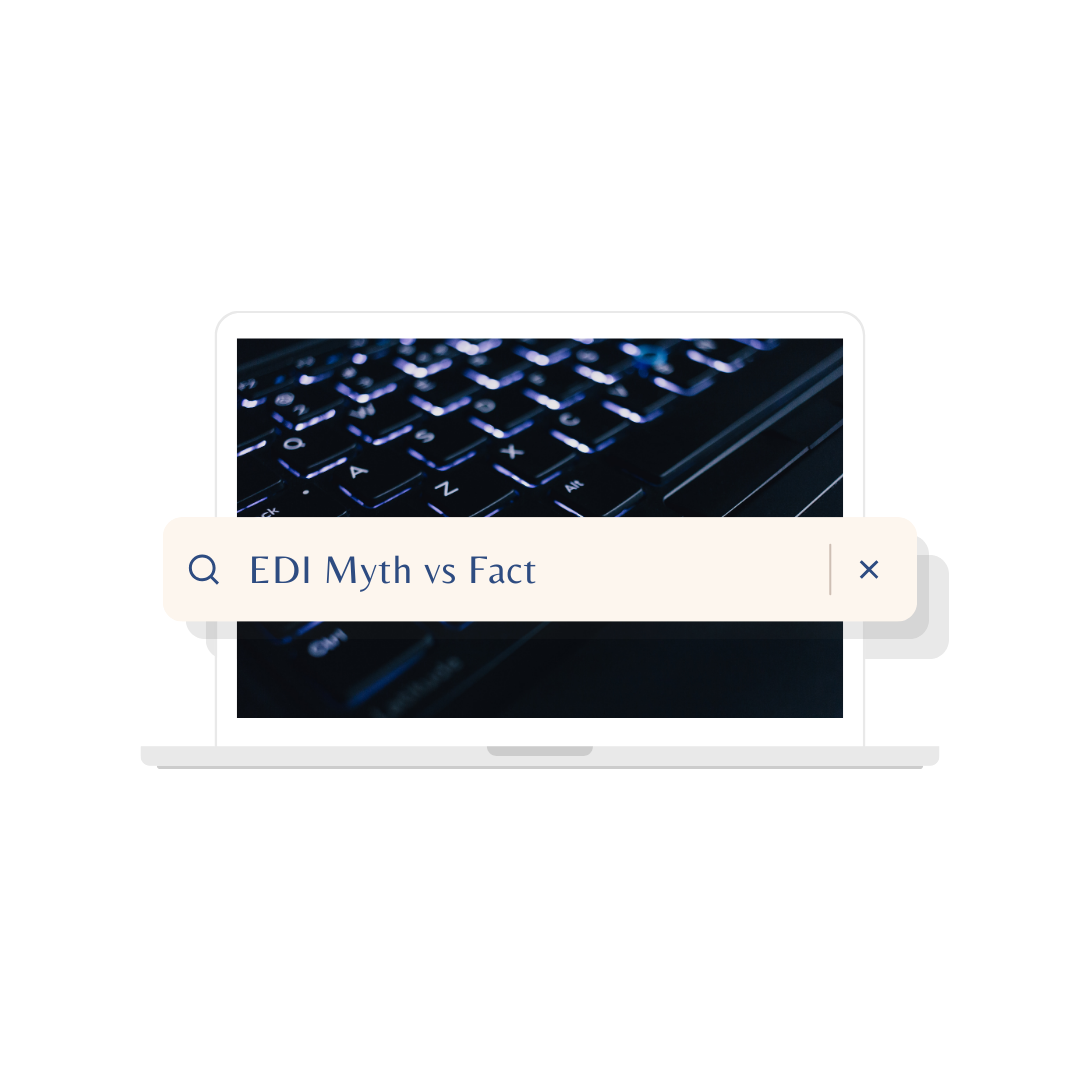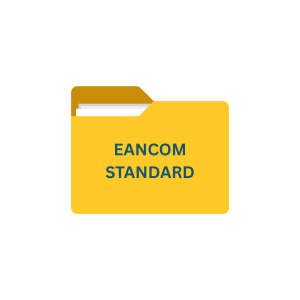Introduction to Electronic Data Interchange
Electronic Data Interchange (EDI) has been in use since the 1960s, however in more recent years EDI came to play a key role in enabling supply chain automation, digital transformation, and B2B business process automation.
More than 85% of all electronic business transactions take place using EDI. This method of exchanging documents is used in industries including retail, banking, high-tech, manufacturing, and services.
EDI follows a certain set of Common EDI standards that allow the sender’s documents to flow straight through to the intended application on the receiver’s end. This enables the processing and return of documents to be accepted and processed immediately.
MYTH
FACT
EDI is too expensive
Yes, EDI can be expensive, however the benefits outweigh the cost.
EDI reduces order-to-cycle time by upwards of 75%. The benefits of EDI outweigh the costs by shortening the lead time for product enhancements and new product delivery. Streamlining the ability to enter new territories and markets. While promoting corporate social responsibility and sustainability by replacing paper-based processes with electronic alternatives.
EDI requires expert skills and is difficult to understand
EDI integration helps streamline key business practices, which translates into better communication and security. Collecting data, processing, and mapping coming in from multiple sources use to require higher levels of expertise as well as hundreds of manual man-hours. However, today, many tools and technology-led processes eliminate the need for high-end expertise.
Companies can hire a third party to manage a part or the entire process of using EDI to exchange data with trading partners. EDI outsourcing is a great option for smaller-sized businesses however companies of all sizes can benefit from outsourcing EDI processes.
I don’t need EDI, my ERP system works as a B2B integration platform
ERP systems are capable of many things, however, they are not designed to take the place of a full-fledged EDI solution that includes communications, mapping, and translation software.
When there is integration between EDI and ERP systems, the two systems combined enable you to process orders faster, accelerate the order-to-cash cycle, and provide the capacity to drive higher revenue.
It takes too long to implement an EDI solution
EDI can be a time-consuming task if you are looking at a robust integrated software solution with multiple trading partners. However, the small-medium size businesses that were mandated by a retailer to be EDI compliant, can be up and running in a matter of weeks with a web or cloud-based EDI solution.
EDI is going to be obsolete
EDI has been around for decades and has remained a staple in the B2B communications realm all these years. According to a report from Fortune Business Insights, the global EDI market is projected to reach 4.04 billion USD by 2029. The interest in EDI systems continues to grow as the frequent transactions between small businesses and large organizations aid market growth.
Conclusion
Understanding the reality of Electronic Data Interchange (EDI) is crucial for businesses seeking to optimize their processes. Dispelling myths and embracing facts about EDI can lead to informed decision-making, improved efficiency, and successful implementation. By debunking misconceptions, organizations can harness the true potential of EDI for seamless communication and enhanced collaboration with trading partners.
Commport EDI Solutions
Need Help? Download: EDI Buyers Guide
Unlock the full potential of your supply chain with our comprehensive EDI Buyer's Guide — your first step towards seamless, efficient, and error-free transactions
Frequently Asked Questions
No, this is a myth. EDI is scalable and can benefit businesses of all sizes. Many small and medium-sized enterprises successfully implement EDI to streamline processes and improve communication with trading partners.
This is a myth. While implementing EDI may require initial setup, modern solutions are designed for ease of integration. With the right software and support, businesses can implement EDI efficiently and quickly.
No, this is a myth. The cost of implementing EDI has decreased over the years, and there are affordable solutions available. Many EDI providers offer pricing models suitable for businesses of varying sizes.
This is a myth. While EDI has roots in certain industries, it is versatile and applicable across various sectors. Retail, healthcare, manufacturing, and logistics are just a few examples of industries that benefit from EDI.
This is a myth. Modern EDI systems incorporate robust security measures, including encryption and authentication, to ensure the secure exchange of sensitive business data. When implemented and maintained properly, EDI is a secure means of communication.





